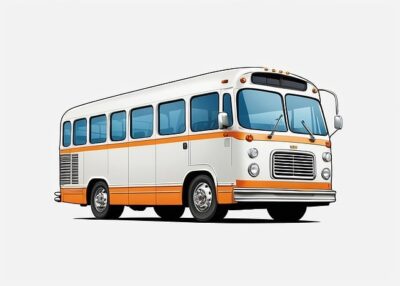Having reliable phone and internet service is no longer a luxury but a necessity for most people. Being able to communicate with family, access the internet for education and job searches, or call 911 are all things that are essential in today’s society.
Thankfully, there are options for getting free cell phones and services. In this article, we will cover two programs that offer these benefits to low-income families.
Lifeline
The free phone service Lifeline helps low-income households with a discount for voice and broadband services. The discount is available for one home landline and one wireless account per household. The Universal Service Fund funds the program, which is collected through a monthly surcharge on all utility telephony services.
To qualify for Lifeline, you must meet certain criteria. You must be a U.S. citizen and have a household income at or below 135% of the federal poverty guidelines. You must also be in a qualifying assistance program, such as SNAP, Medicaid, SSI, Federal Public Housing Assistance, or the Veterans Pension and Survivors Benefit. Additionally, you must provide documentation such as pay stubs or an electronic benefits transfer card to verify your eligibility.
The Lifeline National Verifier is a centralized system that determines your eligibility for the program. It is managed by USAC, which also operates the Lifeline Support Center to help consumers with questions about the program. The National Verifier is currently soft-launched and will be fully implemented by the end of 2022.
You must stay connected, especially if you need crisis counseling. You can call the 988 suicide hotline to talk with a trained counselor and receive the needed help. The number is free and anonymous. Despite the increase in suicide rates, many people still aren’t seeking the crisis counseling they need. This is largely due to language barriers. The hotline is only available in English and Spanish, which makes it difficult for some communities to access the help they need.
Affordable Connectivity Program
The Affordable Connectivity Program (ACP) is a federal program that helps households have the broadband internet they need to work, learn, and get health care. It provides a monthly discount of up to $30 on broadband service and a one-time discount of up to $100 for an internet-capable device such as a laptop, desktop computer, or tablet. Eligible households have an income at or below 135% of the Federal Poverty Line or those who receive a government assistance program such as SNAP, WIC, Medicaid, SSI, or Free and Reduced-Price Lunch.
Eligible household members can apply online through the National Lifeline Verifier, with their Internet Service Provider, or by mail.
When applying, you must provide proof of your household’s income, such as pay stubs or a letter from the government agency you enrolled in. You can also use a form called the Affordable Connectivity Program Household Worksheet. The worksheet contains a series of questions to help you determine your eligibility. The form is available online from the ACP website. Then, you can submit the worksheet along with a valid government-issued photo I.D. to your Internet Service Provider.
Free Government Phones
Free Government Phones are a great way for people in need to stay connected. They help low-income individuals and families communicate with friends, coworkers, and community members. These phones are available to people who qualify for Lifeline or the Affordable Connectivity Program. They can also be used to call 911 in an emergency.
These companies provide various services, including free talk text and data and mobile hotspots. They also offer various phones, from basic models to advanced smartphones. The best free government phones will have a large internal storage capacity, a durable battery, and a good camera. They should also have an updated operating system, such as Android or Apple iOS, and a high-quality display screen.
Several programs provide free smartphones to low-income Americans, including the Affordable Connectivity Program (ACP) and Lifeline. The requirements for these programs vary, but most require a minimum income and participation in other assistance programs. You can also apply online through the ACP or Lifeline website. You must meet the eligibility requirements and provide proof of your identity to get a free government phone.
Free Cell Phone Plans
There are plenty of free cell phone plans that can help anyone who is in need. Many carriers that partner with Lifeline will offer new phones like Apple iPhones, Google Pixels, or Samsung Galaxy smartphones for free to people who qualify with a low income. Those who qualify can also use Lifeline’s monthly free minutes, texts, and data. The process of signing up for a plan is easy. It requires that people submit pay stubs, a W-2 form, or a letter from the government agency they participate in to prove their household income.
Most companies offering free cell phone plans for low-income people will also have a very simple online application. For example, Assurance Wireless, SafeLink Wireless, and Generation Mobile have a big “Apply Now” button on their websites where users can sign up for their services. Some of these companies will require that you have a smartphone to use their service, while others will let you pick up an older device for free.
If you still need to meet the requirements for a free government phone or the Affordable Connectivity Program, some other options can get you closer to a free cellphone.









